Kayaking Krutynia - Krutyń to Ukta
April 17, 2022 8 min read
The Great Masurian Lake District in northeastern Poland might not be on the common tourist route for international visitors, but it is a popular destination for domestic travelers.
Outdoor and boating enthusiasts flock here during summer. The region’s many lakes, rivers and large forests make it ideal for activities like sailing, kayaking, hiking, mountain biking, and angling.
When planning our road trip through Poland, I had my eyes set on the lake district for two reasons. First, the Masurian rivers are perfect for kayaking. Spending a day in a beautiful river landscape seemed like a excellent addition to an itinerary packed with cities. Second, my inner war historian wanted to visit Wolfsschanze, a complex of WWII bunker ruins near the town of Kętrzyn.
One of Poland’s best kayaking routes runs on Krutynia, a river winding through the lake district. Doing the full route is a 100km long multi-day trip for the real enthusiasts.
You can get a taste of Krutynia by doing a half-day kayak outing on one of the most beautiful sections of the river if you are in the lake district only for a day or two. I will tell you all about how to do that in this article.
The lake district is not only about outdoor activities, there are several historic sites hiding in the deep forests. Wolfsschanze, better known as Wolf’s Lair, is without a doubt the most interesting one.
The base served as the Nazi Eastern Front headquarters during the Second World War. Hitler spent 800 days at the site while overseeing the Russian campaign.
Does the name Wolfsschanze or Wolf’s Lair sound familiar, but you cannot place it? You probably heard of the location because of a nearly successful attempt to assassinate Hitler executed by Wehrmacht officer Claus von Stauffenberg in July 1944.
Today, the site is in ruins, but it was once a military base of the greatest strategic importance. See my Wolf’s Lair post for all the details about visiting this interesting site.
A typical Polish road trip includes a bunch of cities with cozy old towns, a castle or two, a few WWII historic sites and maybe some hiking in the Tatra mountain range. A couple of days in Masuria is a good way to throw some countryside nature with lakes and forests into the mix.
The largest lake in Poland, Śniardwy, is one of the around 2000 lakes in the lake district. A network of canals and rivers ties the lakes together. The towns of Olsztyn and Ełk are the major transport hubs, and the most popular resort towns are Giżycko, Mikołajki, and Węgorzewo.
A drive around the lake district goes over rolling hills, through dense forests, and past blooming meadows. As you pass by small villages, farms, and pastures, keep an eye out for stork nests on rooftops and on high roadside poles.
The storks arrive in Poland in late March or April, and stay until the end of August when they return to Africa over the winter.
With a focus on water activities, the most popular time to visit the Masurian lake district is during the summer months of June to August. The peak season is in July and August, with the usual drawbacks of crowds and higher prices for accommodation. Book a place to stay in advance if you plan on arriving during those months.
June also has summer weather, but sees fewer tourists. May and September may have pleasant, warm days, and are calmer than the hectic summer months.
Consider visiting either early June or in the beginning of September for a chance of good weather and fewer tourists. The rest of the year, not much is going on around the lakes.
We swung by the lake district in early August. Some areas were crowded, but it wasn’t unbearable. If that’s your only option, go ahead, but expect to share the top spots with other tourists.
The easiest way to get to the Masurian lake district is to rent a car and drive there. Depending on where in the region you are going, you can also use trains, bus, and taxi to reach your destination.
It might be a bit of a hassle to get around in the lake district without a car, but there are local buses, and taxis are not overly expensive. Passenger boats connect some of the lakeside towns. One operator is Żegluga Mazurska.
If you prefer the convenience of an organized tour, there are several companies offering various lake district excursions departing from Gdańsk and Warsaw.
Every year, about 25% of the world's total white stork population concentrates in Poland. Between April and August, you see storks all over the country. During our road trip, we saw them in the eastern parts. Primarily while passing through the lake district. True stork aficionados should check out Żywkowo close to the Russian border. The small village is a one hour drive away from Kętrzyn. In Żywkowo, the storks outnumber the villagers.
We did the route of Gdańsk - Lake District - Warsaw, with a two night stay in the lakeside town of Mrągowo. A couple of interesting detours on the way between Gdańsk and Masuria are the towns of Malbork and Frombork.
If you are driving between Warsaw and the lake district, I recommend making the 1h detour to visit the Treblinka memorial site. For more information about these activities, see the sections at the end of the post.
Approximate driving distances from major cities to Mikołajki, a resort town located close to Lake Śniardwy, are:
Staying two nights in the lake district gave us ample time to explore the Wolf’s Lair, glide down the Krutynia river in a kayak, and take a stroll in one of the lakeside towns. You can do this with only one overnight stay as well. For example, you can do the kayaking in the morning, and then go to Wolf’s Lair in the afternoon, as it’s open until 20:00 in the summer (2022).
I don’t have that much kayaking experience, but I’ve done it a few times in varying conditions. I’m not a big fan of open water kayaking, it can be a bit of a struggle when it gets windy. Gliding down a calm river is another matter, that’s relaxing. I didn’t want to leave the lake district without seeing the landscape from the water, and the Krutynia river was the obvious choice for this activity.
Krutynia offers what might be the best kayaking in Poland. The river trail runs from Sorkwity at Lake Lampackie to Ruciane-Nida at Lake Nidzkie. A total distance of 100km! On its way across the beautiful landscape, the river passes a dozen or two lakes.
Notably, the trail goes through the Masurian Landscape Park, a protected area including eleven nature reserves.
Paddling the whole Krutynia river trail is not a small feat. It’s a river trek lasting 7-10 days. A less strenuous way to experience Krutynia is to paddle a shorter section of the river.
The most popular one is the 13km long Krutyń-Ukta route. It’s 3-4 hours of paddling on the shallow, tranquil river with crystal clear water. This is an easy route suitable for everyone, including families with children, and people with little experience of kayaking or canoeing. It’s one of the river’s safest and most accessible parts.
You will find several companies renting canoes and kayaks near Krutyń. For some routes, you may also join a guided river tour.
I rented a kayak with AS-Tour, and I was happy with their services (I am not affiliated with them). During summer, there is no need to book in advance for the short Krutyń-Ukta route. The rental office is on the outskirts of Krutyń, where they also have a large parking.
After arranging the rental, a minibus will transfer you to the start of the river trail some minutes away. Hold on to your bus ticket as you need it for the transfer from the finish in Ukta back to the parking.
The cost of renting a kayak is 70 PLN, and a canoe is 110 PLN (2022). I don’t remember if the rental price included the bus transfer, but the bus ticket was cheap anyhow.
The scenery along the Krutyń-Ukta route is idyllic. The landscape is a pleasing countryside greenery. For about half of the route, the river is shallow, not more than half a meter deep. Combine that with clear water, and it feels like paddling in an aquarium where you can see all the vegetation and fishes in the river.
The calm, shallow water makes the paddling safe. The rental companies provide life jackets, but many people go without.
At the start of the trail in Krutyń, the river bank is loaded with kayaks and canoes of varying sizes and models. Pick the vessel of your choice, grab a seat cushion and a life jacket before heading out on the river.
I recommend going barefoot, or in footwear suited for use in water. You might have to step into the water when taking off from the river bank, and when bringing the kayak out of the river.
During peak season, you should know that it will get crowded on the river from time to time. It is annoying, but you forget about it when the calm returns and you have a section of the river for yourself again. It is what it is. Some people like to drink beer and play cheesy music on their bluetooth speakers in the kayak, and others do not. If you want a calmer experience, plan your visit outside the busiest part of summer.
You have about 1.5km of paddling before reaching the first waypoint of the trail, the water mill in Zielony Lasek. Here, you must get out of the kayak and carry it a short distance on a path past the mill.
I saw some people using trolleys, so you should be able to use one of those in case you find it too heavy to carry the kayak. You can also ask someone for help. If you go in summer, there will be plenty of helpful people around.
Beyond the mill, the river meanders south towards Rosocha. The paddling is nice and easy as you float with the current.
An hour or so after leaving the mill in Zielony Lasek, you will arrive in Rosocha that has an accessible river bank. You can get out of the kayak and take a break to eat and use the restrooms.
The restaurant was full, but we found a guy selling grilled meat and sausages on the lawn next to the restaurant. Rosocha is a busy place, but it is nice with a bit of rest before tackling the last 7km of paddling.
From Rosocha, Krutynia works its way northeast towards the final destination in Ukta. You pass the Wojnowo village, a few campsites, and other accommodations along the river. We saw cafés and restaurants, and even a small beach.
The landscape along the last section of the trail is more open compared to the first half, where the river is tree-lined. The last couple of kilometers are tiring for the arms if you are an unaccustomed kayaker like me. Anyway, it’s just to plod away until you arrive in Ukta. The finish is at the left river bank, just before the bridge crossing the river.
Our operator had a bus leaving for Krutyń when enough people had gathered in Ukta. It’s about a 10 minute drive back to Krutyń. We spent 4h on the river, including the stop for food and restrooms in Rosocha.
All in all, we had a great time kayaking on Krutynia, even with the crowds. I can recommend this half-day activity if you are in the lake district and want to do some easy kayaking.
On the route between Gdańsk and the lake district, the towns of Malbork and Frombork are two interesting detours.
The Castle of the Teutonic Order in Malbork is an imposing medieval fortress. It is often referred to as the largest castle in the world. Exploring the castle grounds requires about 2-4h depending on if you join a guided tour or not.
The small town of Frombork would not attract much attention from tourists if it wasn’t for a certain Nicolaus Copernicus. The famous astronomer and mathematician lived and worked in Frombork during the first half of the 16th century.
Copernicus wrote his masterpiece, De revolutionibus orbium coelestium (On the revolutions of the heavenly spheres) in Frombork. It includes an illustration depicting Earth orbiting the Sun and not the other way around.
The book was highly controversial as it overturned the predominant geocentric model in favor of a heliocentric one. Copernicus died shortly after the publication of the book in 1543. He is buried in the cathedral in Frombork.
The cathedral looks out over the town from its location on a hill. The Cathedral Hill houses a Copernicus museum and a few other attractions. For more information, see the Frombork information page.
If you are driving between Warsaw and the lake district, I recommend doing the 1h detour to visit the Treblinka memorial site.
Treblinka was a Nazi extermination and labor camp in use between 1941-1944. An estimated 800,000 jews died in Treblinka, more than in any other extermination camp except Auschwitz-Birkenau.
The Nazis shut down the extermination camp (Treblinka II) in 1943, and the labor camp (Treblinka I) in 1944. Almost nothing remains of the camps, but there is a small museum and a memorial at the site that was declared a national monument of Jewish martyrdom in 1964.
Allow 1-2h for visiting the museum and walking to the memorial site (about 500m one-way from the parking).
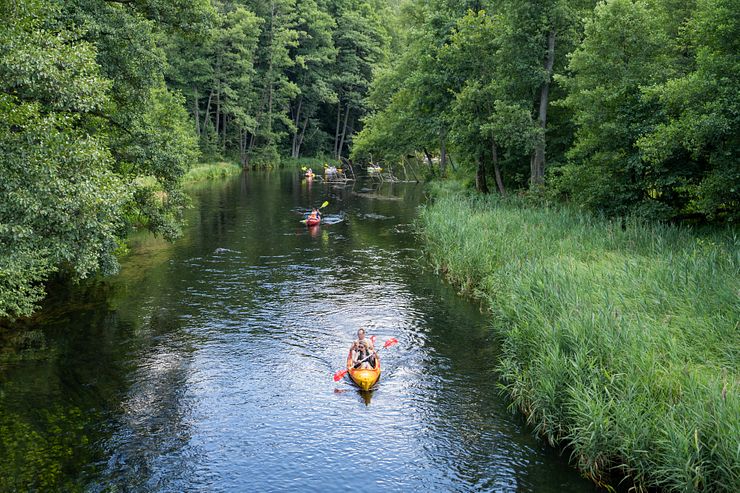
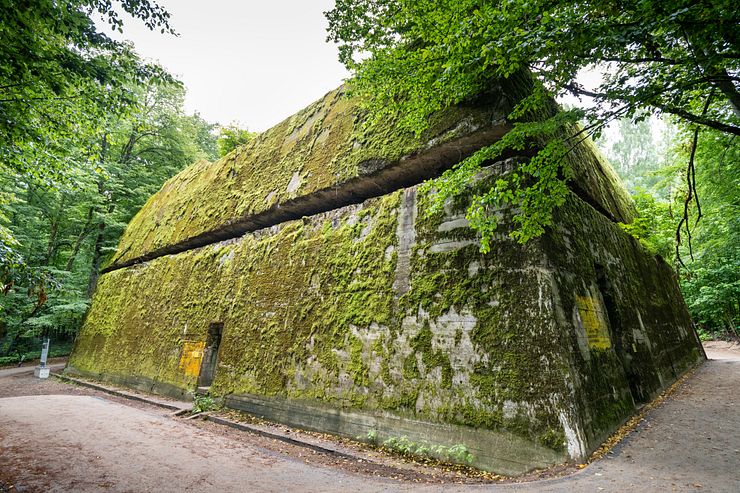
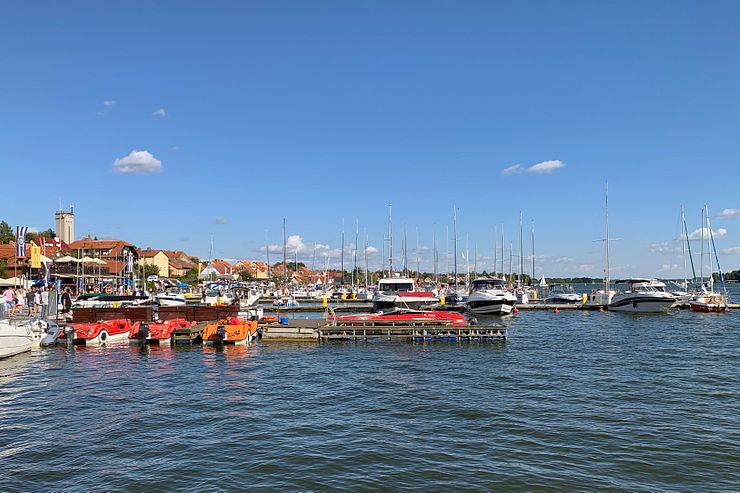
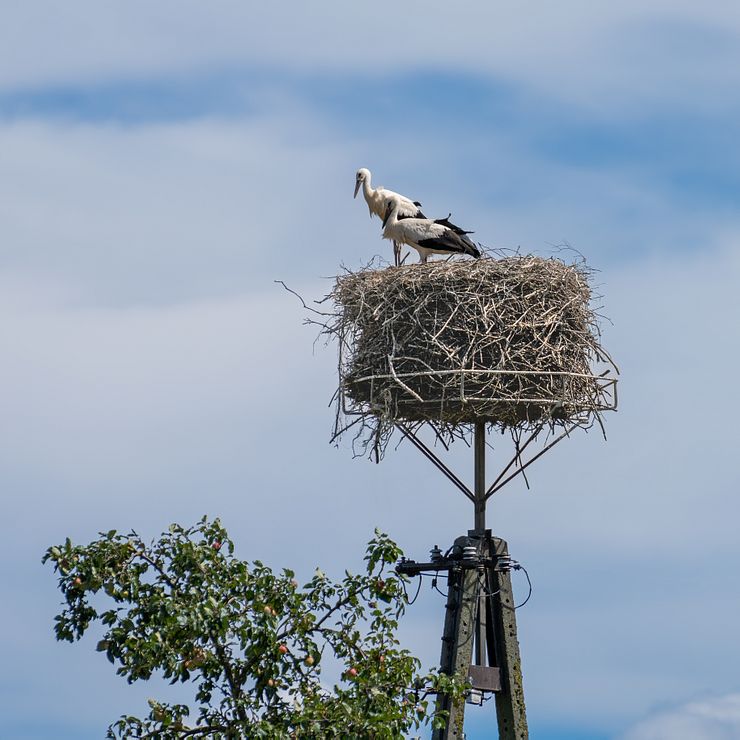
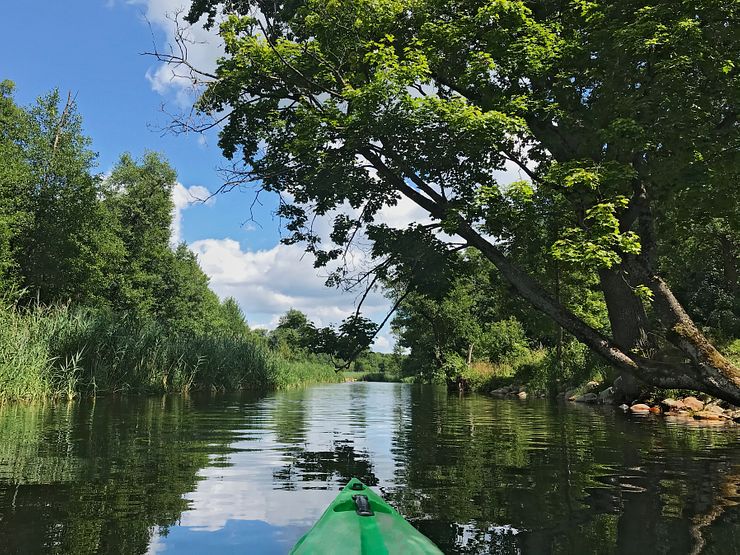
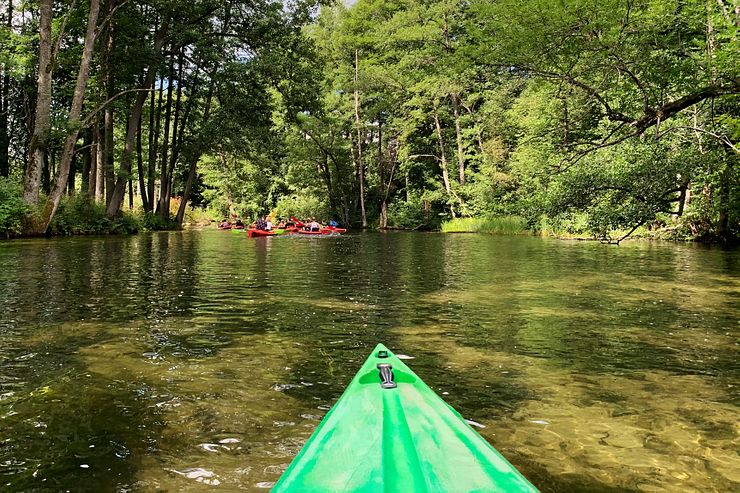
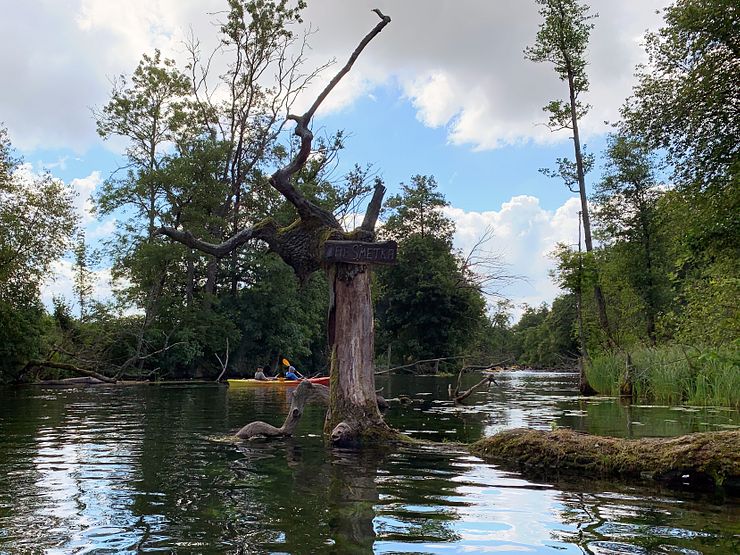
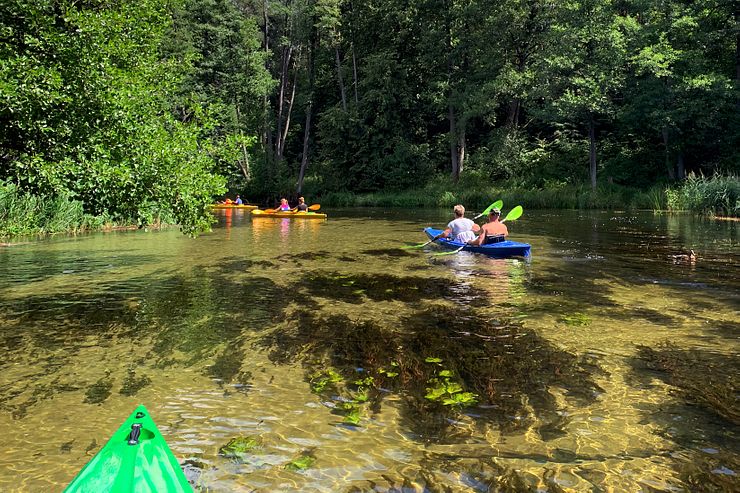
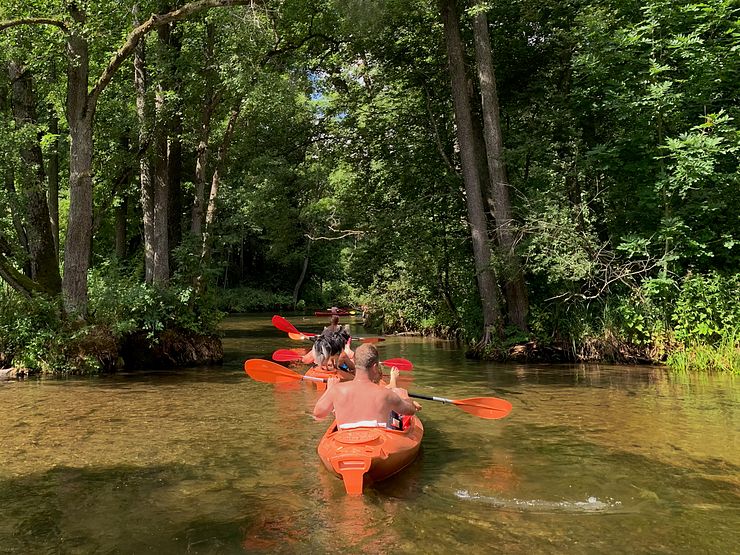
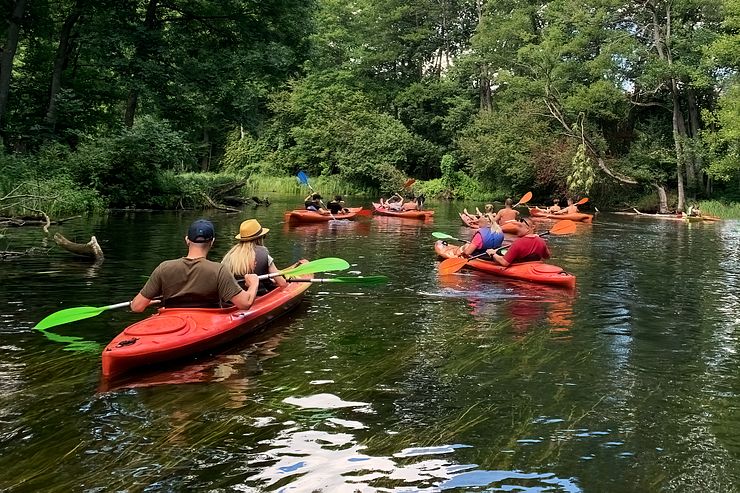
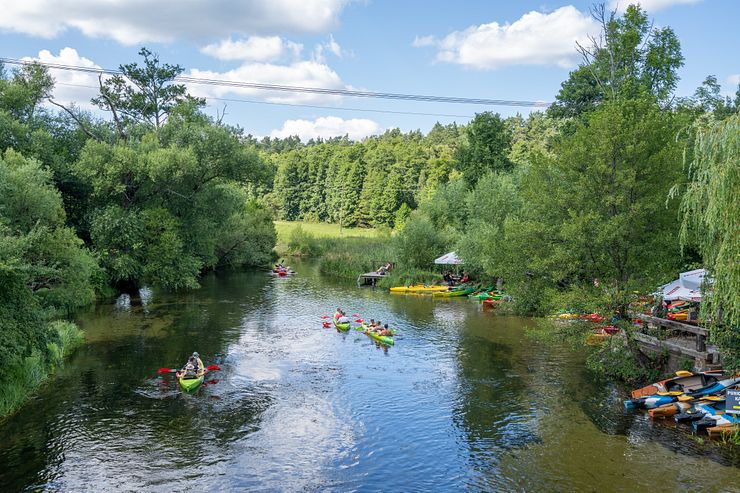

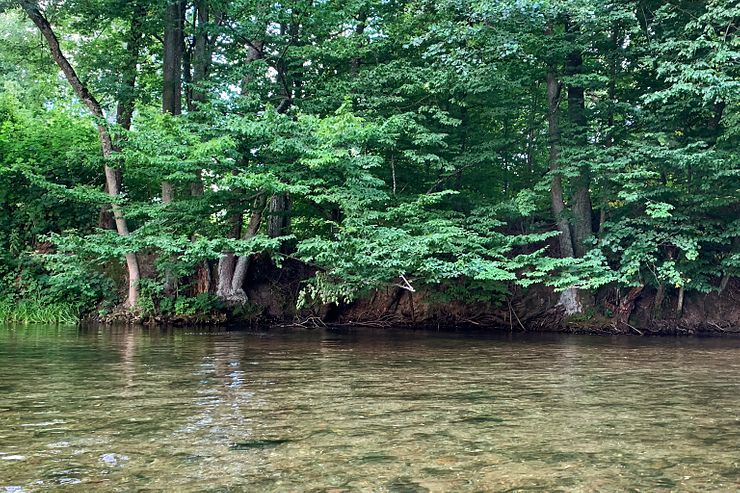
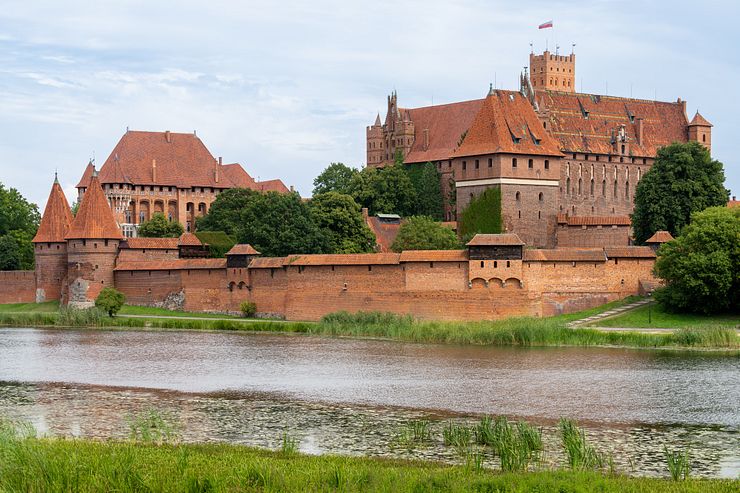
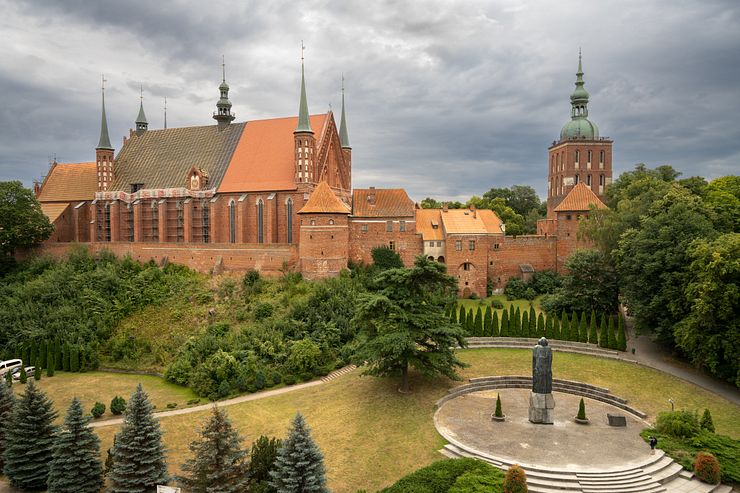
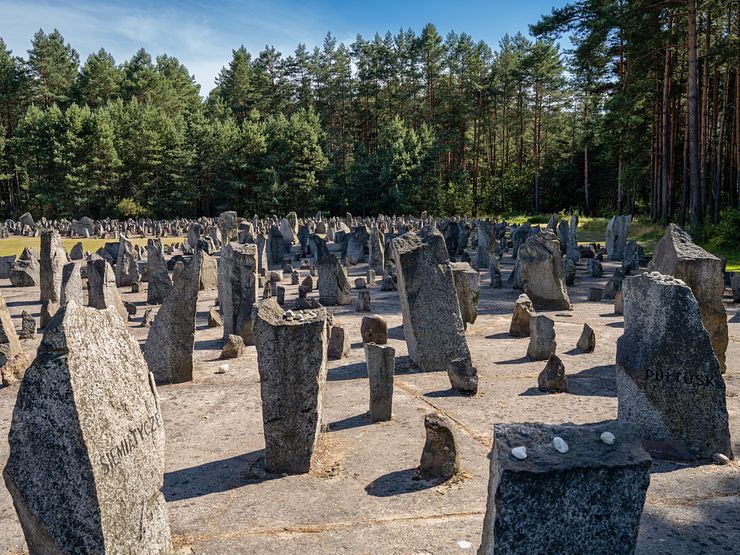
Comments
Comments are closed. Contact me if you have a question concerning the content of this page.